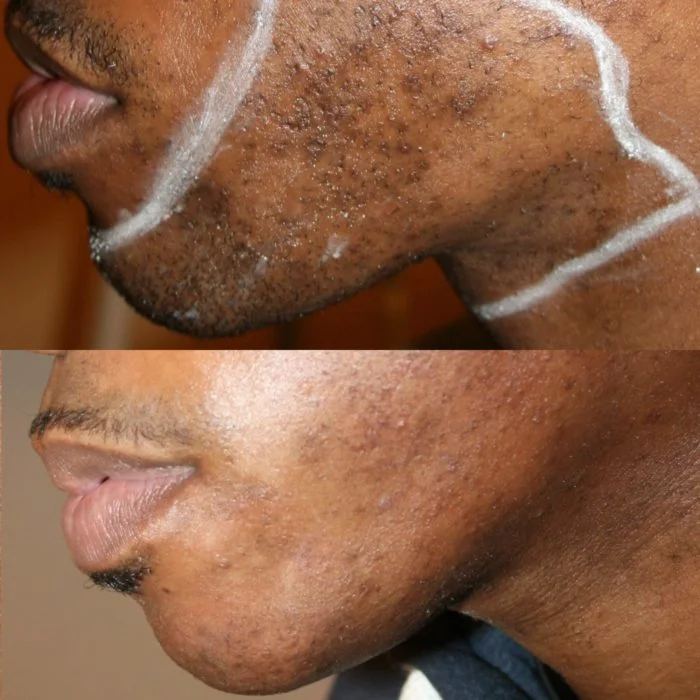Unwanted facial and body hair is a common problem among men and women with darker skin, but not all hair removal treatments work well on dark skin. If you’re considering laser hair removal, it’s important that you find a practitioner who is trained, experienced and knowledgeable in the latest laser hair removal technology to get the best results and avoid potential side effects like hyperpigmentation, burns, or even increased hair growth.
Your doctor or technician should tell you at your initial consultation which particular laser is best for your skin tone, hair texture and color. The diode and nd: Yag lasers have been identified as the best choices for laser hair removal among dark skinned individuals, and here’s why.
The amount of naturally occurring melanin (pigment) in the skin determines a person’s skin color. Since laser hair removal works when laser light is absorbed by the melanin contained in hair follicles, the long-pulse laser of the nd: Yag is designed to convert the highly concentrated beam of light to heat, and selectively target the hair follicle’s pigment while bypassing the surrounding skin.
In dark-skinned individuals, especially African Americans whose hair tends to be coarse and curly, dermatologic conditions like pseudofolliculitis barbae and significant post-inflammatory hyperpigmentation (pigment change) often do not respond to conventional methods of hair removal. Yag laser hair removal may even become a medical necessity for the treatment of unwanted hair in dark-skinned patients who may have few therapeutic alternatives.
The high performance of the nd: Yag laser, which can be used for all skin types, is the most effective option for gently removing unwanted hair from dark skin.
Recommended laser hair removal sessions are generally 6-8 treatments (depending on the area treated and the amount of hair to be removed,) scheduled 8-12 weeks apart in order to treat all hair growth cycles, which can vary according to the area being treated.







